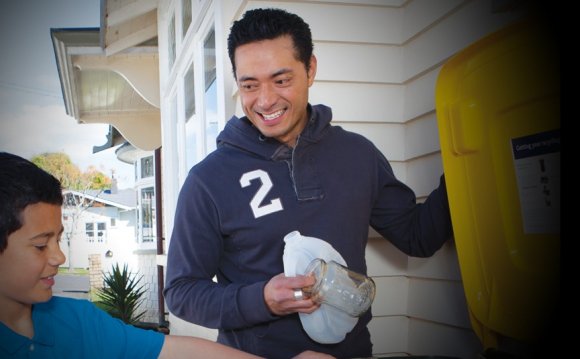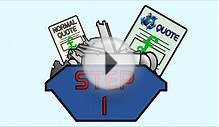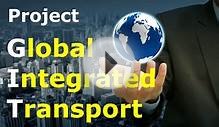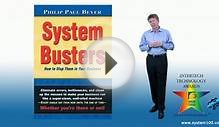
| Solid Waste Management:
A Policy and Programme Matrix
Most local governments and urban agencies have, time and again, identified solid waste as a major problem that has reached proportions requiring drastic measures. We can observe three key trends with respect to solid waste - increase in shear volume of waste generated by urban residents; change in the quality or make-up of waste generated; and the disposalmethod of waste collected, by land-fill, inceneration etc. It is critical to adopt a broad approach in developing a working framework for solid waste management (SWM). This covers the social, economic, technology, political and administrative dimensions. For example the social dimension of SWM involves waste minimization; the economic dimension of SWM involves waste recycling; the technology dimension of SWM involves waste disposal; and the political and administrative dimensions cuts across all the three issues of minimization, recycling and disposal.
But SWM is not an isolated phenomena that can be easily compartmentalized and solved with innovative technology or engineering. It is particularly an urban issue that is closely related, directly or indirectly, to a number of issues such as urban lifestyles, resource consumption patterns, jobs and income levels, and other socio-economic and cultural issues. All these issues have to be brought together on a common platform in order to ensure a long-term solution to urban waste. There is a whole culture of waste management that needs to be put in place - from the micro-level of household and neighbourhood to the macro levels of city, state and nation. The general assumtion is that SWM should be done at the city-level, and as a result, solutions tried out have been essentially end-of-pipe ('End-of-pipe' refers to finding solutions to a problem at the final stage of its cycle of causes and effects. In the case of urban waste, it means focussing on waste disposal rather than waste recycling or waste minimization). But this approach essentially misses the forest for the trees, in attempting piece-meal and ad hoc solutions to waste problems, instead of taking a long-term holistic approach. In reality there are a number of critical actions the need to be taken at each of the levels of household, neighbourhood, city and nation. Action to be taken can have social, technology, economic, political or administrative dimensions. It is important that the right decision/action be taken/carried out at the right level. Thus, action at the household level are pridominantly social, technology and economic in nature. Similarly action to be taken at the state and nation level are pridominantly economic, political and administrative in nature. Action at the neighbourhood and city levels cuts across all five themes. The matrix that links the dimensions of decision-making (social, technology, economic, political and administrative) with the levels of decision-making (household, neighbourhood, city, and nation) - helps in categorizing the decisions, action and related activities to be undertaken. The Matrix is shown below:
* Focal areas for action The above matrix was 'field-tested'1 during a training session in SWM for city government officials. During the session, city officials from Nepal, China, Philippines and Japan categorized the various SWM activities and actions in their cities within the matrix - allowing them to identify weak areas - the lacks, gaps and mismatches, in their policies, programmes and projects. Conclusions: Four key issues emerge from the above discussion -
|
||||||||||||||||||||||||||||||||
RELATED VIDEO












